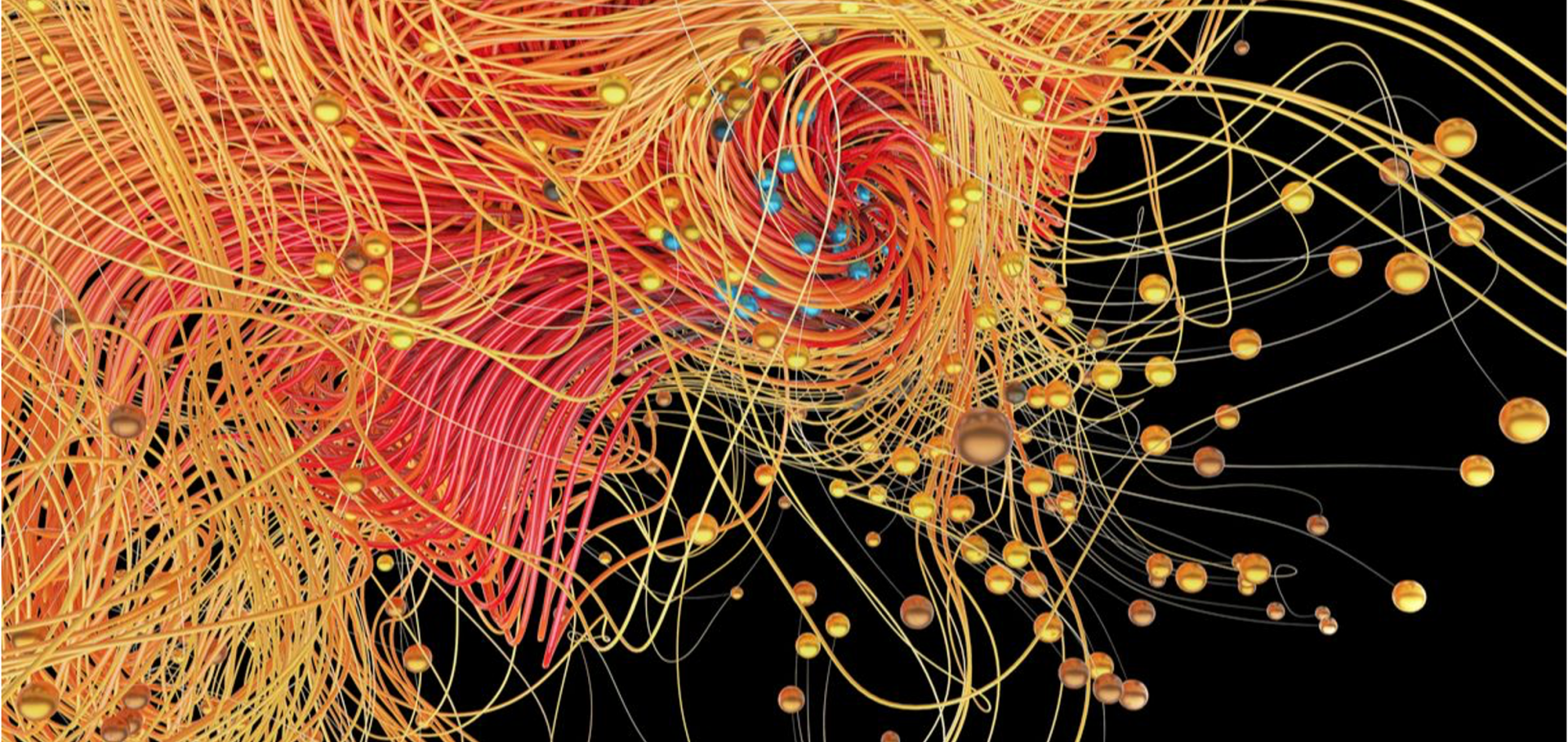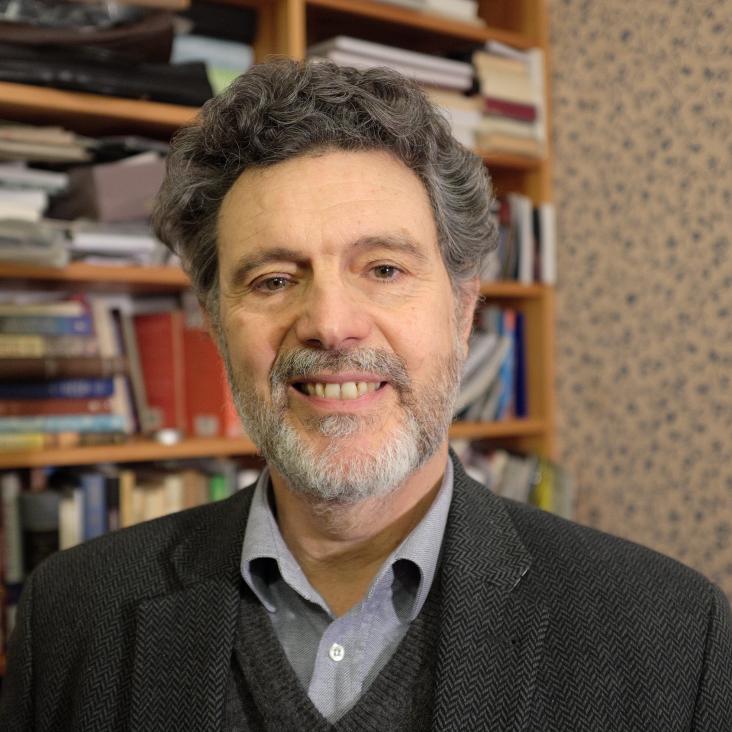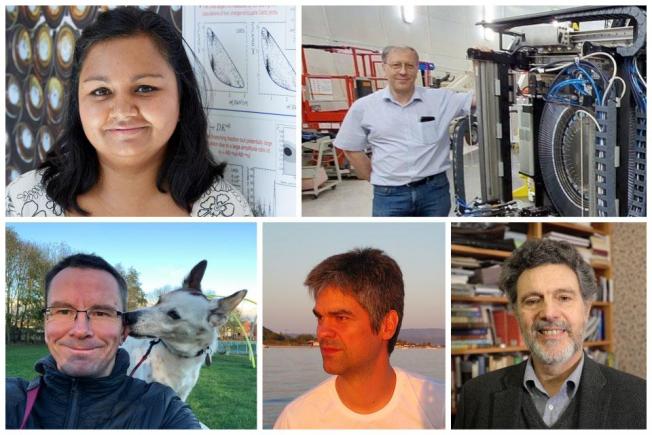Roles of oxygen defects in copper oxide superconductors
Journal of Superconductivity 7:1 (1994) 145-149
Abstract:
Oxygen vacancy and interstitial defects can have a profound effect on the superconducting properties of copper oxide compounds. Recent work on compounds such as La2CuO4+x and HgBa2CuO4+x has provided new insight into the role of interstitial oxygen defects as a doping mechanism. The number of carriers created by each interstitial defect depends on the local defect structure. Studies of (La, Sr, Ca)3Cu2O6+x with various metal compositions and metalsite ordering show that interstitial oxygen defects that form between the CuO2 layers in this structure systematically lower Tc and eventually destroy superconductivity. Conversely, oxygen vacancies in the CuO2 planes have surprisingly little effect at concentrations below 3%. The infinite-layer compounds, ACuO2, where A=La, Sr, Ca, Nd, etc., in solid-solution combinations, could offer a similar environment for the formation of interstitial oxygen defects between the CuO2 planes, allowing interstitial oxygen defects to contribute to the doping of these compounds. However, neutron diffraction experiments on Sr0.9La0.1CuO2 (Tc = 42 K) have not found any interstitial oxygen. © 1994 Plenum Publishing Corporation.Structural and superconducting properties of La2-xSrxCuO4 as a function of Sr content.
Phys Rev B Condens Matter 49:6 (1994) 4163-4175
High pressure synthesis and properties of the HgBa2 Can-1 Cun O2n+2+δ (n=1-6) superconductors
Physica C: Superconductivity and its applications 235-240:PART 1 (1994) 146-149
Abstract:
High-pressure high temperature synthesis has allowed us to prepare members of the new superconducting mercury cuprates series with n = 1-6. The variation of the structural and magnetic properties, oxygen content and Tc across the series, which appears to be the richest among the different superconducting cuprates, will be presented and discussed. Tc and the oxygen content δ increases with n from Hg-1201 (Tc=95K, δ=0.06) to a maximum of 135 K with δ=0.40 for Hg-1223. Structural refinement from neutron diffraction data on Hg-1245 showed a further decrease of δ = 0.30 in the high pressure as prepared compound (Tc= 101K). Tentatives to increase δ by a treatment under 200 bar of oxygen in Hg-1234, Hg-1245 and Hg-1256 showed instead a loss of oxygen from the overdoped as prepared samples. © 1994.Identity of planar defects in the 'infinite-layer' copper oxide superconductor
Nature 370:6488 (1994) 352-354
Abstract:
The 'infinite-layer' compound1-3 AcuO2 (where A stands for cations such as strontium or calcium), has the simplest structure of all superconducting copper oxides, with only bare cations separating the CuO2 planes. Accordingly, an understanding of the doping mechanism(s) that lead to superconductivity in this compound may facilitate the elucidation of the same phenomenon in the other copper oxide superconductors. Recently, Azuma and co-workers2,4 observed planar defects in an infinite-layer phase synthesized at high oxygen pressure, and proposed that the defects are A-cation deficient, and lead to superconductivity (with transition temperature T c≈ 100-110 K) in this compound. Here, based on quantitative X-ray and high-resolution electron-microscopic analysis of the planar defects in (Sr, Ca)CuO2, we propose that the defects consist of a corrugated Sr-O layer substituted for a CuO2 layer, with the incorporation of apical oxygen atoms (which are absent in the parent structure) at roughly half the available sites in the neighbouring Sr layers. This is equivalent to an insertion of a Sr3O2 ± x block in an otherwise infinite-layer sequence. The variable oxygen stoichiometry of our defect model can account for the occurrence of p-type superconductivity (following high-pressure oxygenation), n-type superconductivity (high-pressure reduction) or lack of superconductivity (high-pressure neutral-atmosphere annealing) in this system, depending on the synthesis conditions4. © 1994 Nature Publishing Group.Local configurations in ErBa2 Cu3 O6+x for 0.15≤x≤0.9
Physica C: Superconductivity and its applications 235-240:PART 2 (1994) 1261-1262



